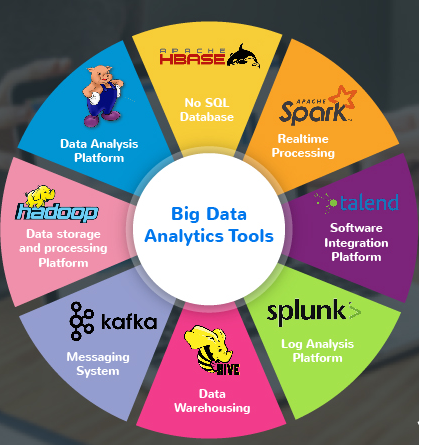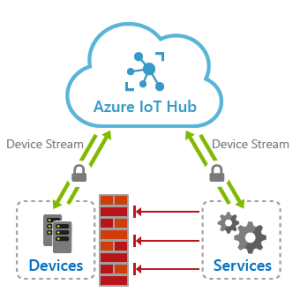
Computer Hardware for Big Data Analytics
Introduction
Big Data Analytics has become a crucial aspect of many industries, enabling businesses to extract valuable insights from massive amounts of data. To successfully perform data-intensive tasks, having the right computer hardware is essential. In this article, we will discuss the key hardware components needed for effective big data analytics.
CPU (Central Processing Unit)
The CPU is the brain of the computer, responsible for executing instructions and performing calculations. For big data analytics, a powerful multi-core processor is recommended to handle complex computations efficiently. CPUs with higher clock speeds and more cores provide faster processing and improved performance.
RAM (Random Access Memory)
RAM is an important hardware component that stores data currently being processed. When dealing with big data, a substantial amount of RAM is necessary to ensure efficient data handling. More RAM allows for faster data access, reducing bottlenecks and improving overall system performance.
Storage Drives
When it comes to big data analytics, storage plays a crucial role. Solid-state drives (SSDs) are preferred over traditional hard disk drives (HDDs) due to their faster data access speeds. SSDs significantly reduce the time required to read and write data, enhancing the overall performance of data-intensive tasks.
Graphics Processing Unit (GPU)
While primarily known for their role in gaming, GPUs have gained popularity in big data analytics. GPUs possess thousands of cores designed for parallel processing, making them efficient in performing complex mathematical calculations. Utilizing GPUs for tasks such as data analysis and machine learning can significantly speed up processing times.
Clustered Computing
For extremely large-scale big data analytics, clustered computing systems are employed. Such systems consist of multiple interconnected computers working together, enabling enhanced processing power and scalability. Distributed computing frameworks like Apache Hadoop and Apache Spark are commonly used to handle extensive data processing across clusters.
Network Bandwidth
Efficient data transfer between systems is vital in big data analytics. Having a high-speed network infrastructure with ample bandwidth helps to eliminate data bottlenecks and allows for smooth communication between machines. Fast Ethernet adapters, switches, and routers should be utilized to ensure seamless data transmission.
Conclusion
To effectively perform big data analytics, having the right computer hardware is essential. A powerful CPU, ample RAM, fast storage drives, and, in some cases, GPUs are key components required for efficient data processing. Additionally, clustered computing systems and a high-speed network infrastructure enhance scalability and data communication. By investing in the appropriate hardware, businesses can unlock the full potential of big data analytics and gain valuable insights to drive growth and success.

